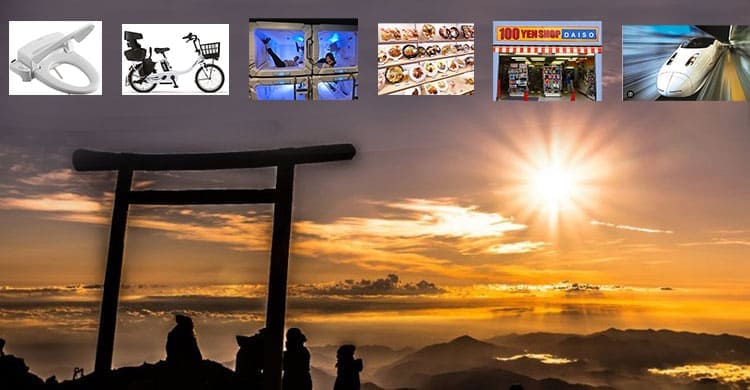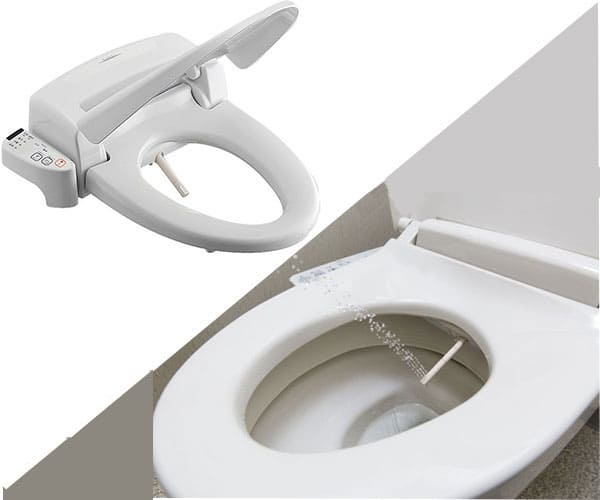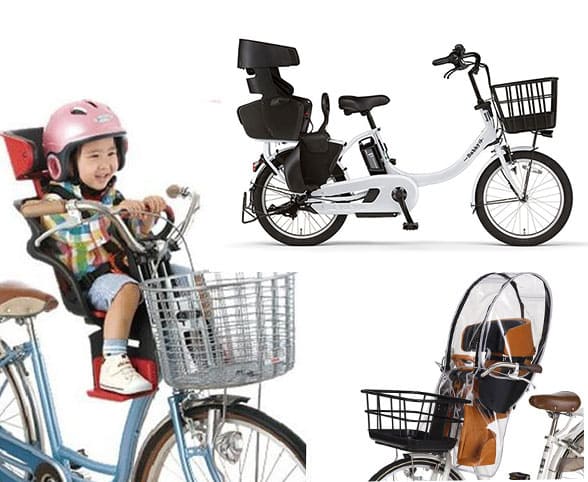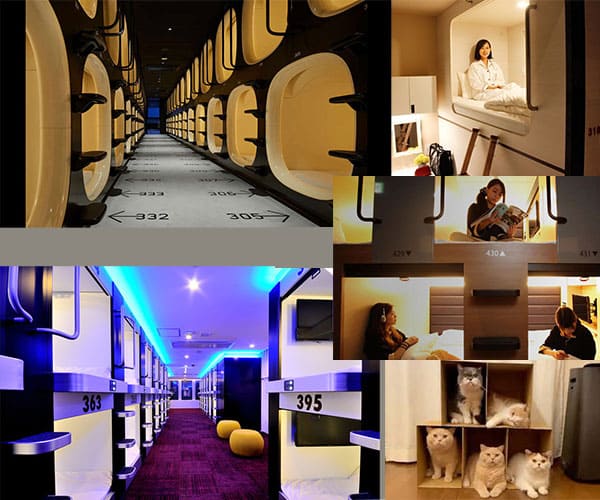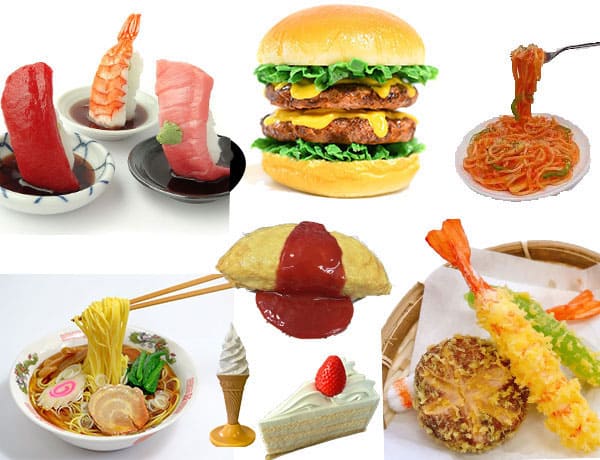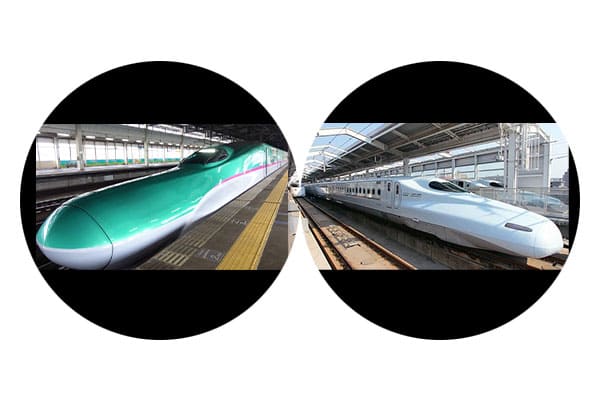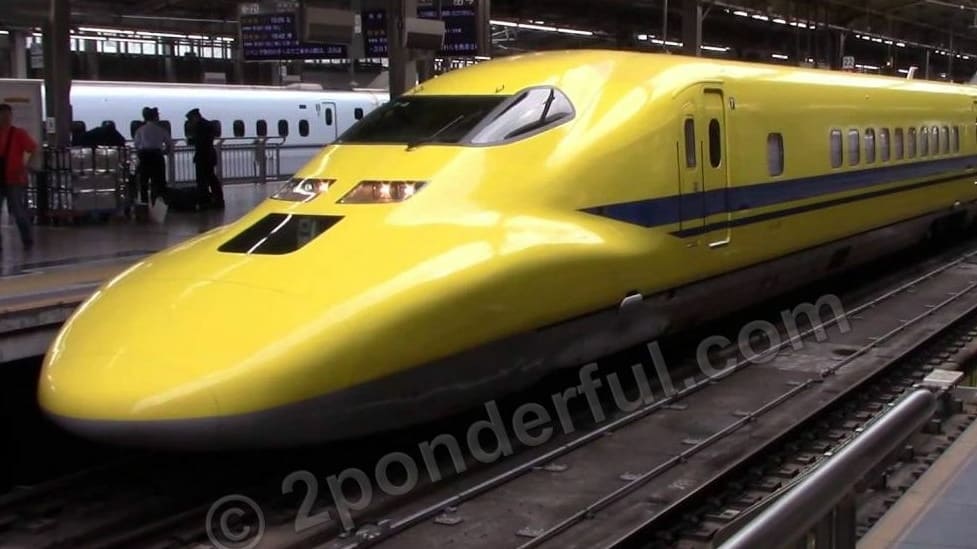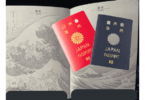Foreigners who come to Japan are often amazed by the unexpected items that make them feel ‘Cool Japan’!
The popular NHK BS program ‘Cool Japan’ has also featured these items, and people from around the world who experience Japan feel ‘Cool!’ and ‘Cool?’ and ‘Crazy!’ Knowing about these will make Japan even more enjoyable!
Hi how are you? Today’s topic is seven items which represent recently “Cool Japan”.
Some of the most popular products among foreign embassy staff and foreign businesspeople’s spouses, and tourists who come to Japan and buy them before returning to their home countries are as follows,
★’Toilet Seats with Washlet’ (wash/shower toilet)
In Japan, these are widely used in households and public toilets, with about 90% penetration.
However, they are not well-known abroad, and that’s why they haven’t gained popularity there yet.
When foreigners come to Japan and use these, they are often amazed by the comfort. Initially, most foreigners thought they didn’t need such a thing, but after trying it a few times, they changed their minds and found it genuinely comfortable.
This idea was not originally Japanese; the concept of washing with a nozzle had been used in medical devices in the United States.
However, Japanese manufacturers commercialized it by integrating it compactly into toilets.
In reality, they haven’t sold well worldwide, and there are several reasons for this.
One reason is that many countries have hard water, which can cause calcium buildup and nozzle blockages.
But the primary reason is cultural. In the Western world, washing one’s bottom is associated with homosexuality.
So, many people think, ‘I’m not homosexual, so I don’t need to wash my bottom.’ As long as this image persists, it’s challenging to introduce them in public places like department stores or hotels.
However, some individuals who have experienced washlets in Japan and are impressed by their cleanliness and comfort have started buying them for personal use, either bringing them back when they return home or ordering them from their home countries.
Currently, sales are increasing in Asia, mainly in China. In countries where there isn’t a strong cultural barrier against washing, both public and private adoption seems relatively easy.
Furthermore, the fact that the water is warm and the toilet seat is heated has also contributed to its popularity.
People from cold countries like Russia and Eastern Europe are particularly shocked and delighted by the warm toilet seats.
I’ve just found an interesting article related to the washlet, so here as follows,
“Even Hollywood celebrities who had a rough time in other countries before coming to Japan have a heavenly experience in Japan and end up purchasing a Washlet before returning to their home country.”
There are many other similar cases, and I will write a blog about it soon.
★’Mama-chari'(ladies’ bicycle with a basket and/or child’s seat)
Japanese ‘Mama-chari’ bicycles come with a front/rear basket or/and a child seat, and some one with a motor.
The front and rear wheels are smaller and the tires are thicker compared to regular bicycles.
They come in various types, reflecting Japanese consideration. While child seats for bicycles are available abroad, they are typically rear-mounted.
What impresses foreign spouses is the design with the child seat in front, allowing them to see their child while riding.
They often say, ‘This feels truly safe,’ and wonder, ‘Why don’t we have these in my country?’
This is why they buy these bikes or send them separately when returning home.
★’Capsule Hotels’
These are quite famous internationally. An American woman once said, “Capsule hotels are famous alongside cherry blossoms, Mount Fuji, and Akihabara.” This is because the neatly aligned rows of capsules create quite an impact.
Ironically, it’s somewhat like an image of coffins lined up. Positively speaking, it’s treated as a symbol of “High-Tech Japan.”
Upon actually staying in a capsule hotel, there have been both positive opinions like “It’s affordable and good” and “With this much space, it’s sufficient,” and negative ones like “It’s too narrow, and I bumped my head” and “The snoring of the person next to me was so loud I couldn’t sleep,” expressed by foreigners.
The question often arises among foreigners: “Why do I have to stay in a capsule hotel?” → “Well, in Tokyo and Osaka, the subway doesn’t run 24 hours, and there are no late-night buses that cover the subway routes. In other words, there’s a system of the last train.” → “So, because I don’t want to pay a high taxi fare to go back, capsule hotels become necessary.” Many foreigners express dissatisfaction with this.
When they start living in Japan, they are surprised by the concept of the “last train.” The New York subway runs 24 hours. The London subway has a last train, but in exchange, there are late-night buses running in various directions. Paris is similar. However, in Tokyo and Osaka, despite being world-class cities, there are no public transportation options other than taxis after the last train, which baffles foreigners.
When foreigners ask, “Isn’t the last train inconvenient?” a Japanese person responded in an interview, “Because there’s a last train, we can end our drinking parties. If there were 24-hour trains and buses, Japanese people wouldn’t know when to end their drinking parties. They would probably miss the right moment to stop and end up drinking too much or getting forced to stay.” It’s a perspective that makes sense.
Japanese people find it challenging to leave a group and return alone during a drinking party. Therefore, they may need a “legitimate reason to end the drinking party,” which the last train provides.
★’Food Samples’
This is something that many of you may be familiar with. Somewhere between Ueno and Asakusa in Tokyo, the shops that sell food samples in “Kappabashi Kitchenware Street” have somehow made it into foreign tourists’ guidebooks.
And now, foreign visitors can be seen gazing at the samples with sparkling eyes.
It could be called an art born from Japanese dexterity. Even small sushi food samples are appreciated as souvenirs from Japan.
★’100 Yen (formerly 1 USD, but now 0.6 USD) Shops’: This is one of the attractions for foreigners who come to Japan due to the favorable exchange rate.
While there are inexpensive stores offering low-cost items in other countries, such as Pound Shops and Euro Shops, Japan’s 100 Yen Shops undoubtedly have the world’s most extensive range and quality.
The wide variety and quality assurance of items in Japanese 100 Yen Shops have made them successful in international markets.
★ ‘Shinkansen’ (Bullet Train)
This has also gained worldwide fame. In a program, a Chinese woman said, “In China, what’s popular is cherry blossoms, Mount Fuji, and the Shinkansen.”
A French man happily mentioned, “French people know about the Shinkansen from manga. We saw it in ‘Captain Tsubasa’ and ‘GTO.'”
The Shinkansen is appreciated for its smooth ride, punctuality, and extremely low accident rate, no fatalities in operations for approximately 60 years since opening.
Many foreigners visiting Japan want to ride the Shinkansen, even for a short journey, due to these reasons.
The yellow Shinkansen, commonly known as “Doctor Yellow,” runs regularly, conducting checks on track alignment and electrical systems.
Some lucky people might have seen it by chance. It’s a dedicated inspection vehicle.
Based on the inspection results, maintenance work is carried out between midnight and 6 AM. This is one of the reasons why Shinkansen accidents are extremely rare.
It’s worth noting that one perspective suggests that the reason Tokyo and Osaka don’t have 24-hour subway systems is to allocate time for this maintenance.
The New York subway runs 24 hours, and according to this perspective, it can’t undergo sufficient maintenance because of that.
★ ‘Climbing Mount Fuji’
Foreigners who share a spiritual connection with mountains or are moved by the sight of a mountain are not found in the program.
In Japan, there are several live cameras on the internet that show nothing but Mount Fuji. You can see the “current state of Mount Fuji” by opening these websites.
While foreign countries also have live cameras for mountains, they use them to monitor the weather.
But there was no country that turned to live cameras because they love that mountain, or because it is beautiful, or because they love it.
There were Swiss people on the program, and they said that of course there are live cameras, but they are for climbing, not for loving the mountains.
He said that he could not understand the sense of loving the mountains themselves or worshipping them as something mystical.
Fuji” seemed very strange to foreigners. Fuji and praying and joining hands with the sunrise were incomprehensible to them.
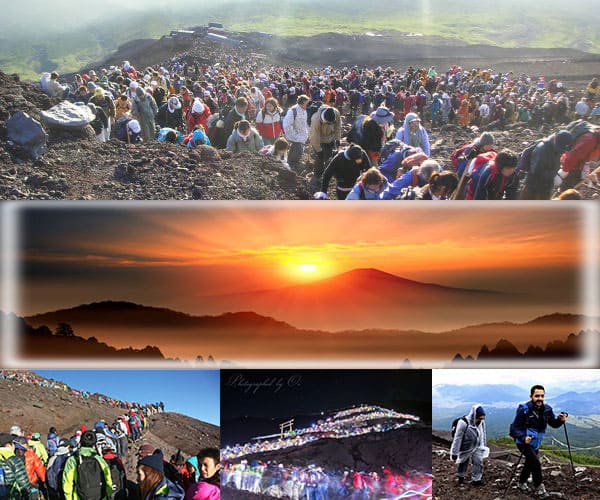 Usually, the mountain opens on July 1st, and the climbing season extends until around September 10th. Many climbers enjoy climbing Mount Fuji during this period.
Usually, the mountain opens on July 1st, and the climbing season extends until around September 10th. Many climbers enjoy climbing Mount Fuji during this period.
Fuji, but they nodded their heads in agreement. There is no difference between foreigners and Japanese in understanding, loving, and adoring “mountain climbing.
It is natural for foreigners to connect with mountains in the form of “mountain climbing.
Fuji, which was registered as a World Heritage Site in June 2013, will become increasingly popular among foreigners.
Thanks for browsing, have a nice day!

